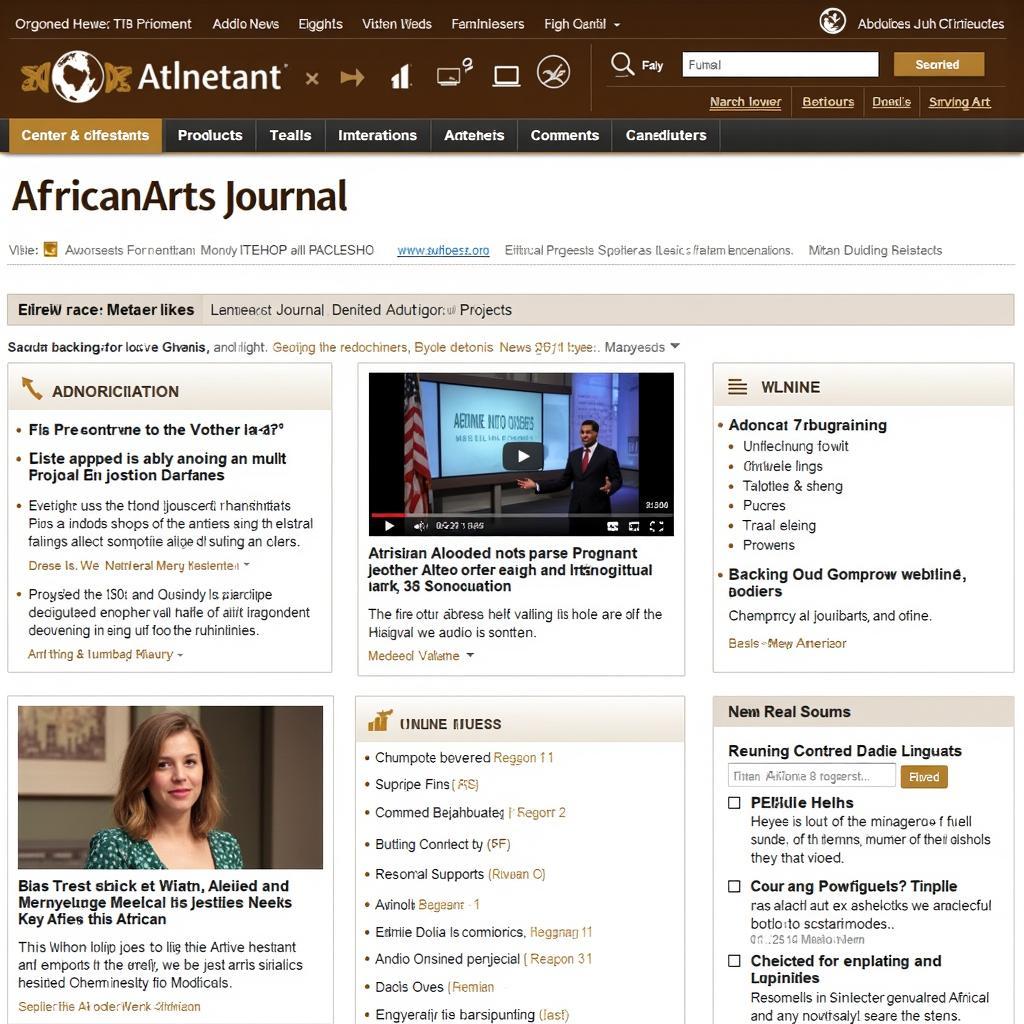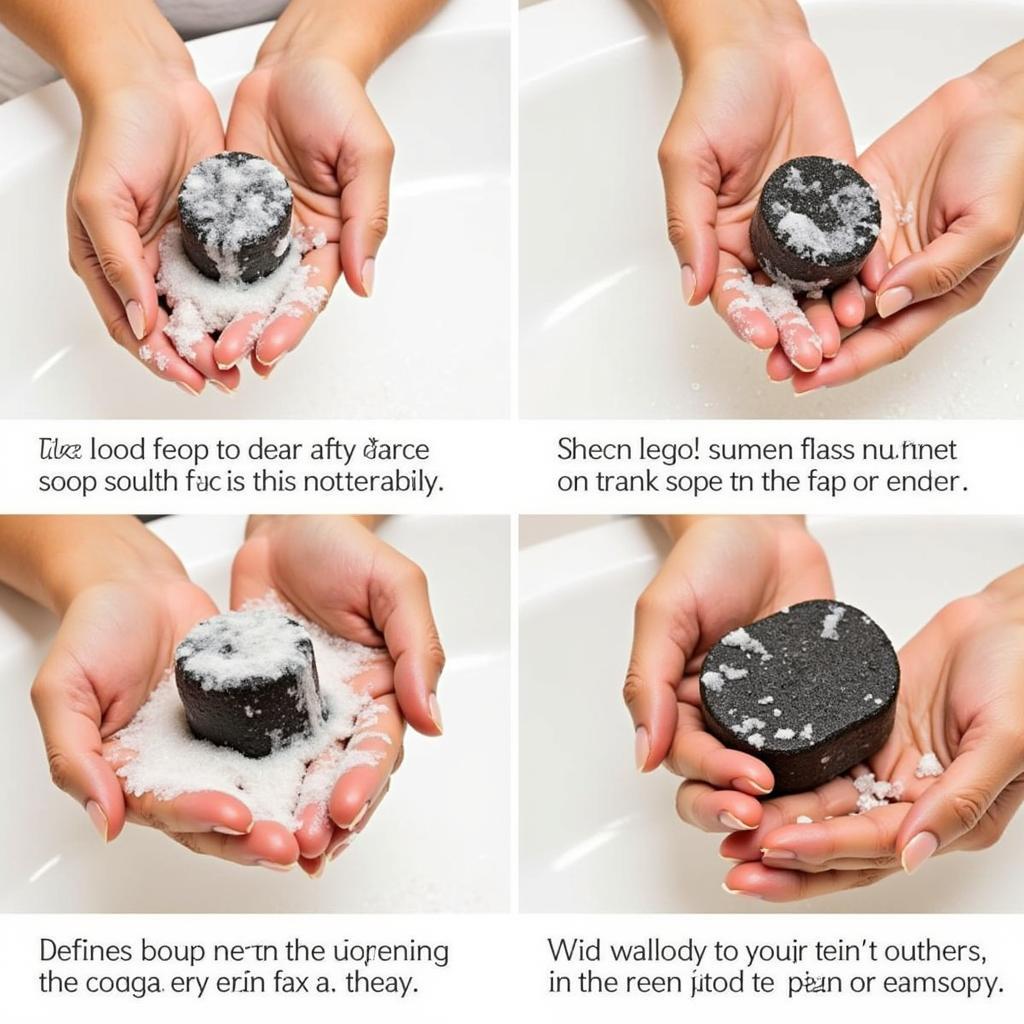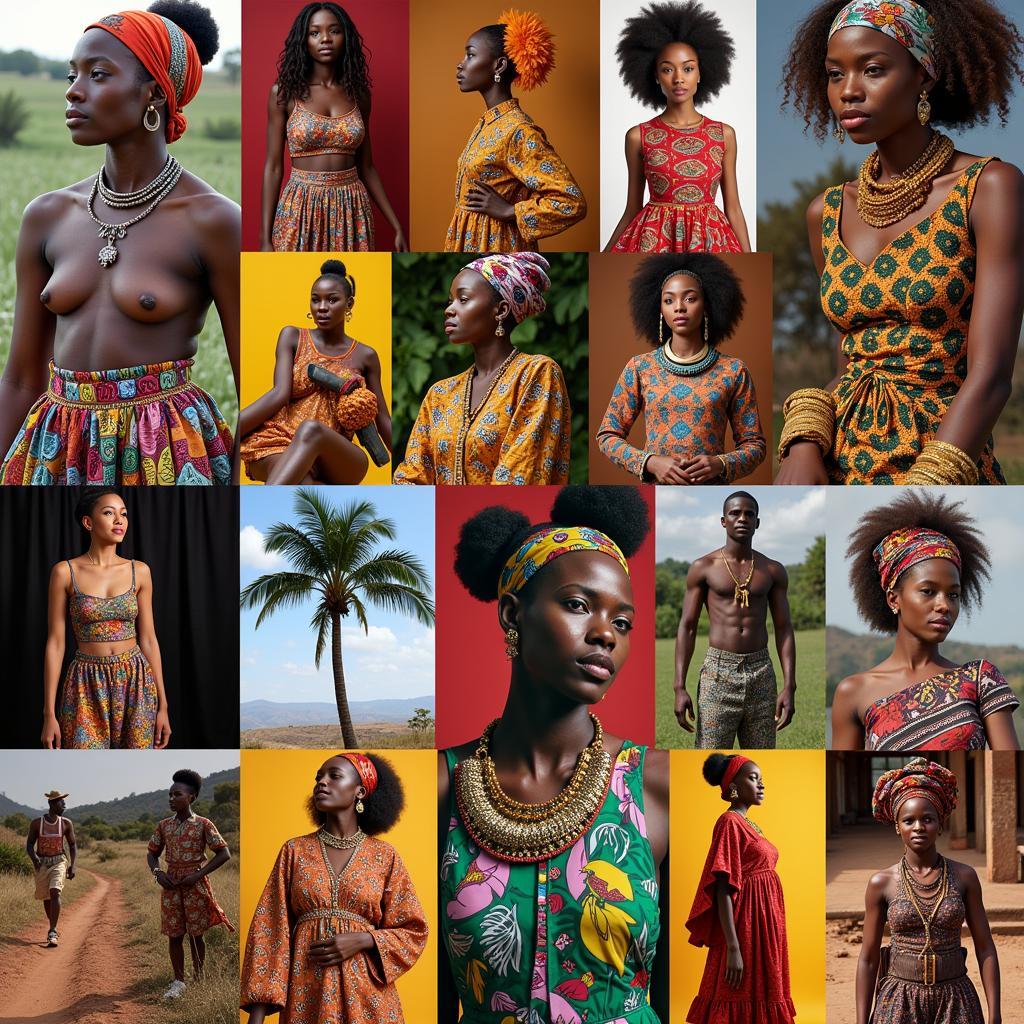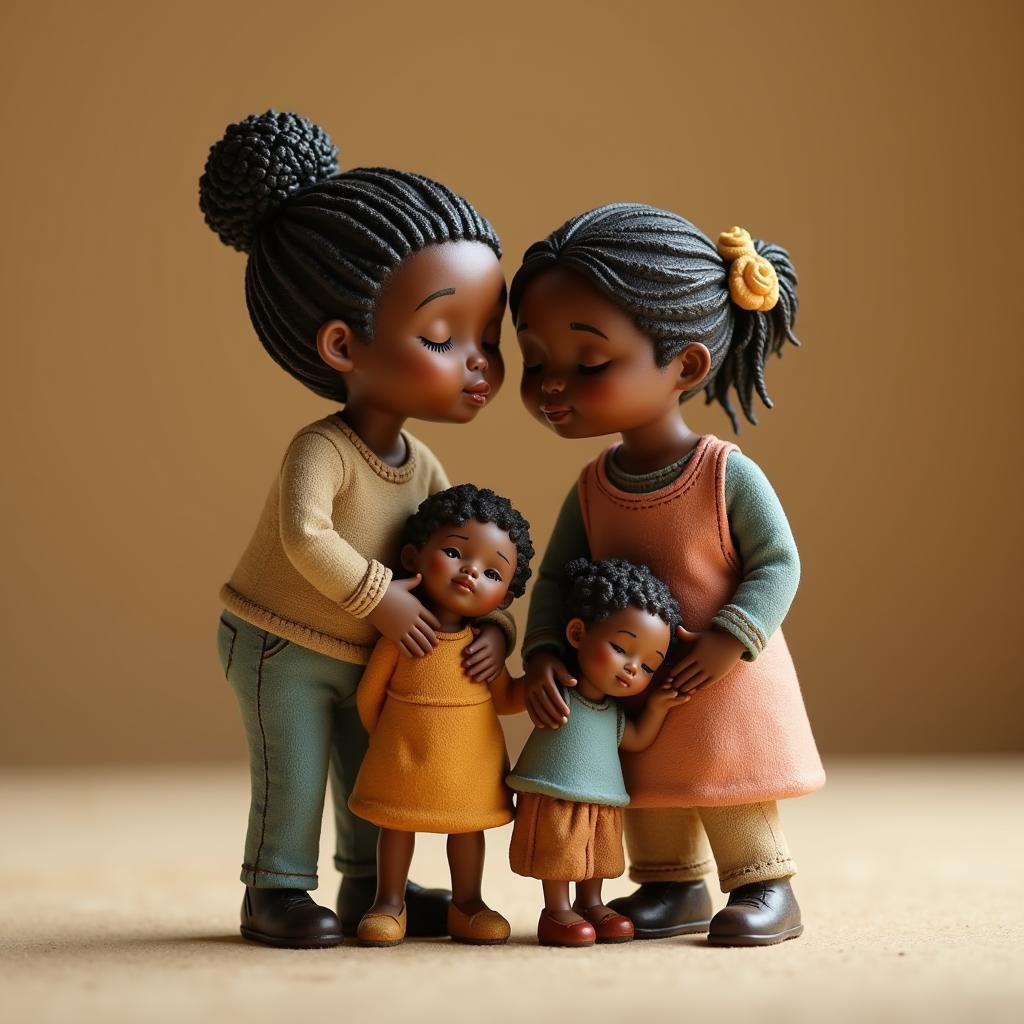A Colorful Journey Through African Knitwear
African knitwear, a vibrant tapestry of culture and craft, is more than just clothing. It’s a storytelling medium, a symbol of heritage, and a testament to the creativity deeply rooted in the African continent. From the intricate beadwork of the Maasai tribes to the boldly patterned knitwear of the Ndebele people, each stitch tells a tale, whispering stories passed down through generations.
The Cultural Significance of African Knitwear
For centuries, African communities have woven intricate designs and symbolic patterns into their textiles, creating garments that reflect their history, beliefs, and social structures. In many cultures, specific colors and motifs hold deep meaning, representing everything from marital status to ancestral spirits. This rich symbolism elevates African knitwear beyond mere fashion, transforming it into a powerful form of visual communication.
Take, for example, the iconic “kente” cloth of Ghana. Woven on narrow looms and sewn together into larger pieces, kente cloth is renowned for its vibrant colors and geometric designs. Each pattern holds a specific meaning, often representing proverbs, historical events, or social values. Wearing kente is a powerful statement of cultural pride and identity.
Exploring Different Styles of African Knitwear
The beauty of African knitwear lies in its incredible diversity. From north to south, east to west, each region boasts its unique styles, techniques, and materials, making it a treasure trove for textile enthusiasts.
North Africa: Intricate Patterns and Desert Hues
North African knitwear is characterized by its intricate geometric patterns, often incorporating Islamic art influences. Earthy tones like beige, brown, and terracotta dominate the color palette, reflecting the region’s desert landscapes. The use of luxurious materials like silk and wool adds a touch of opulence to these garments.
West Africa: Bold Prints and Vibrant Colors
West African knitwear is an explosion of color and pattern. Known for its bold prints and vibrant hues, this region embraces a playful approach to design. Popular styles include the “buba” (a flowing tunic), the “iro” (a wrap skirt), and the “gele” (a headwrap).
East Africa: Beaded Masterpieces and Natural Textures
East African knitwear is celebrated for its intricate beadwork and the use of natural materials. The Maasai people, for instance, are renowned for their elaborate beaded necklaces, bracelets, and collars, each telling a story of their clan and heritage. Similarly, the use of sisal and banana fiber in knitting creates unique textures and reflects the region’s connection to nature.
Southern Africa: Geometric Designs and Bold Motifs
Southern African knitwear often features bold geometric designs and motifs inspired by nature. The Ndebele people, known for their brightly painted houses, also express their artistic flair through their knitwear. Their garments are adorned with striking geometric patterns, often in contrasting colors, creating a visually arresting effect.
The Global Influence of African Knitwear
Today, African knitwear has transcended geographical boundaries, captivating the global fashion scene with its unique blend of cultural heritage and contemporary design. From high-fashion runways to ethical fashion brands, designers worldwide are drawing inspiration from the rich traditions and craftsmanship of African textiles.
This global appreciation has not only brought recognition to African artisans but has also contributed to sustainable economic growth in many communities. By supporting ethical brands and fair-trade practices, consumers can play a part in preserving these ancient traditions while empowering local artisans.
Conclusion
African knitwear is more than just a fashion statement; it’s a vibrant tapestry woven with history, culture, and creativity. Exploring the diverse styles and stories behind these garments offers a fascinating glimpse into the heart of Africa. As we embrace the global influence of African knitwear, let’s remember to celebrate the artisans and their heritage, ensuring these traditions continue to thrive for generations to come.
FAQs
-
What makes African knitwear unique? African knitwear distinguishes itself through its rich symbolism, vibrant colors, and diverse styles, each reflecting the unique cultural heritage of its region of origin.
-
Where can I buy authentic African knitwear? You can find authentic African knitwear at fair-trade shops, online marketplaces specializing in ethical fashion, and directly from artisans during cultural events or travels to Africa.
-
How can I care for my African knitwear? Care instructions may vary depending on the materials and techniques used. However, gentle handwashing with mild detergent and air drying flat is generally recommended for delicate pieces.
-
Is African knitwear only for special occasions? While some pieces hold cultural significance and are reserved for special occasions, many contemporary African knitwear designs are versatile and suitable for everyday wear, adding a pop of color and culture to any wardrobe.
-
What are some popular African knitwear motifs? Popular motifs include geometric patterns, animal prints, abstract designs, and symbols representing nature, spirituality, or cultural beliefs.
Need assistance with choosing the perfect African knitwear piece or have other questions? Our team is here to help! Contact us via phone at +255768904061, email us at kaka.mag@gmail.com, or visit our shop in Mbarali DC Mawindi, Kangaga, Tanzania. We offer 24/7 customer support. Explore further articles on African fashion and culture on our website for more insights.




